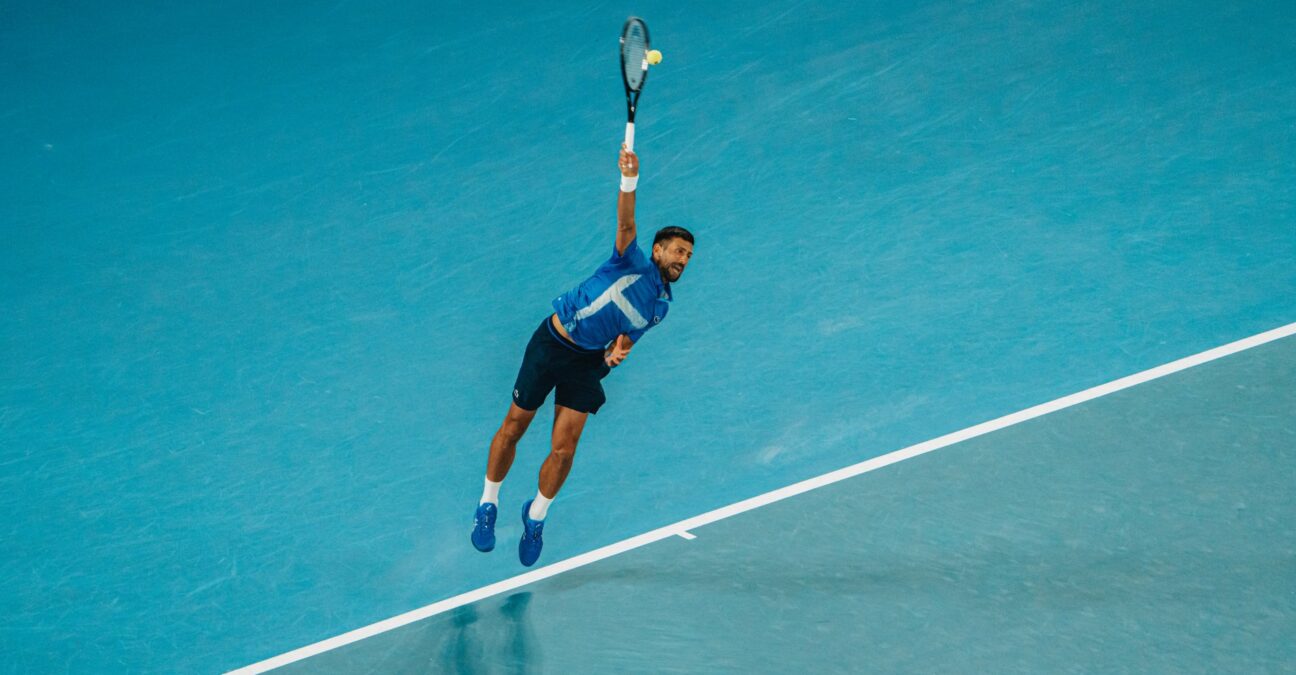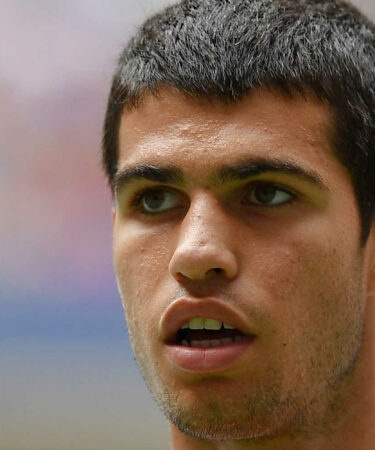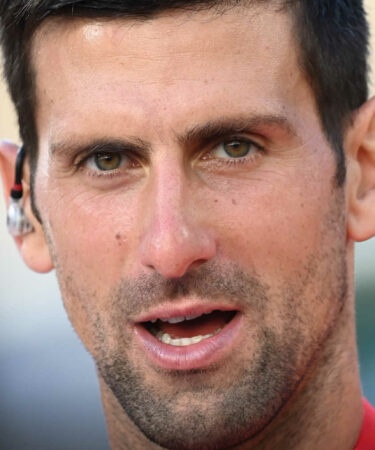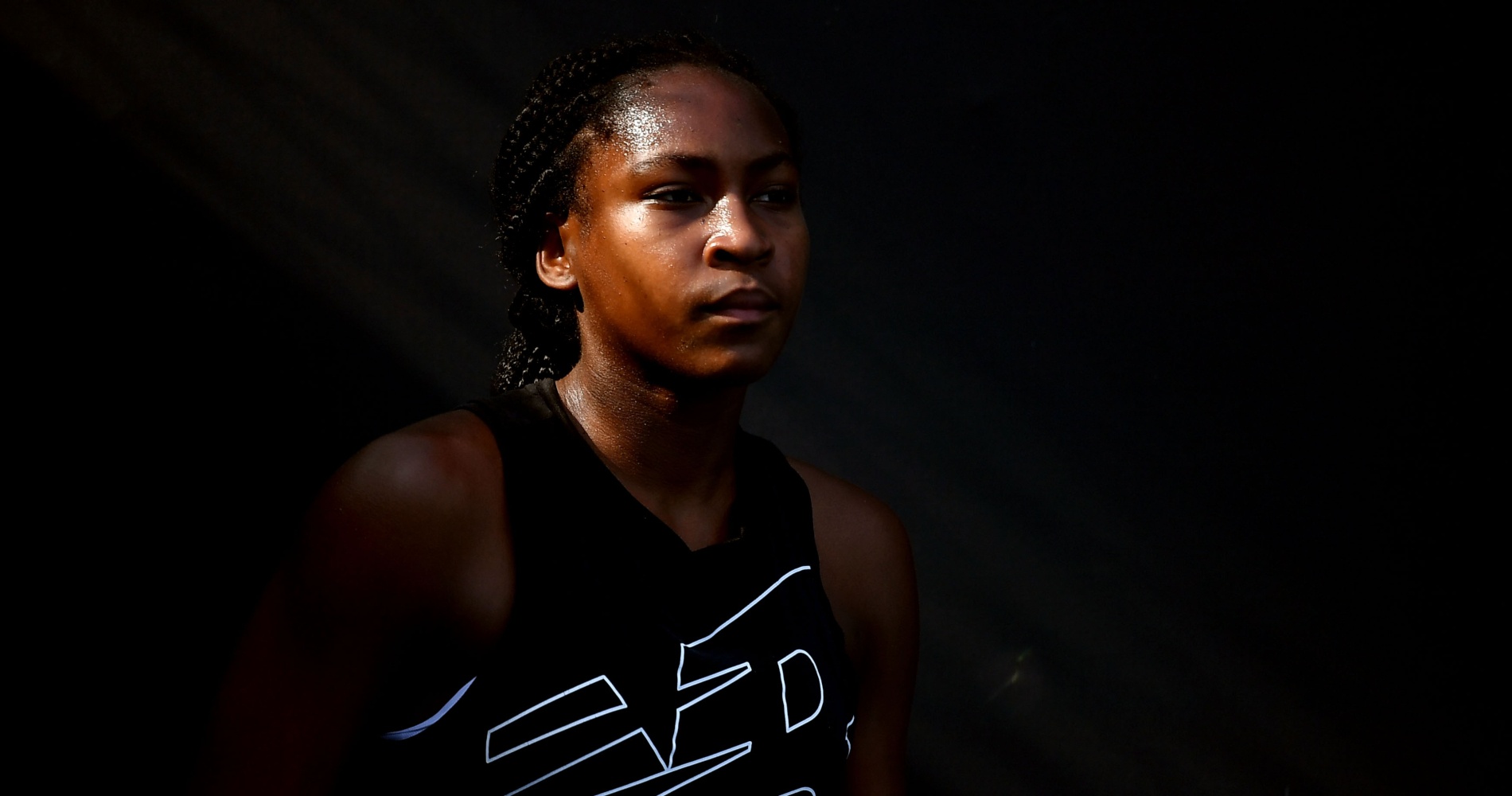Analysis: Second serve the key to Djokovic’s victory over Alcaraz
The Serbian won 58 percent of points on his second serve, compared to 33 percent for Alcaraz, and also upped his speed as the match wore on
 @ Julien Nouet
@ Julien Nouet
As so often in matches between the very top players, Tuesday night’s quarter-final between Novak Djokovic and Carlos Alcaraz came down to a few points in the end. Had Alcaraz managed to break back in one of the long deuce games on the Djokovic serve in the fourth set, we would probably have been heading to a decider
But, as he has done so many times in his career, Djokovic’s serve kept him ahead and eventually saw him through. On match point, under huge pressure, Djokovic came up with a 187kmph second serve, one of his fastest of the match, eventually winning the point.
In fact, the second serves of both men were where this match was probably won. While Djokovic won 58 percent of points on his second, Alcaraz was down at 33 percent, a really poor return for a man who usually backs himself to win the big points.
Some of that will be down to the aggressiveness of Djokovic’s returns in the second, third and fourth set in particular, as he looked to end points easily. Some of it is down to scoreboard pressure, but some of it is because Alcaraz just didn’t have a top serving day, at least in terms of potency. He made 80 percent of first serves in the fourth set but though he only had to hit six second serves in that set, he only won two of them and two of the losses were in the game when he was broken.
Djokovic lifted second serve speed as match went on
Djokovic was also aggressive on his second serve. In total, 12 of his 50 second serves in the match were sent down at 170kmph or more, seven were 180kph or more and one clocked 193. In the first set, he was regularly down in the 140s and only hit 170kph twice, but once he came back from adding some strapping to his thigh toward the end of it, he upped his power considerably.
His average second serve speed in the first set was 148.4kph. It rose to 151.7 in the second set, 164.7 in the third and was still high at 155.8 in the fourth. Alcaraz also lifted his speed on second serve in general, from set one to two and three, but it fell again in the fourth.
Djokovic was also rock solid on break points in the fourth set, saving all three he faced, while Alcaraz was broken once, in the opening game.
Once he came back from the injury timeout, Djokovic upped his power in other areas too. Trying to shorten the points, he won 22 of 34 points at the net (Alcaraz was also good with 18 of 28) while he served and volleyed six times, including at crucial times.
Service direction more varied
Service direction was also interesting. While Alcaraz mixed his second serves up well on the ad court – he went to the body 10 times, wide nine times and twice to the centre, from the deuce court, six of seven serves were directed to the centre, allowing Djokovic to attack.
By contrast, Djokovic mixed his serving up more. From the deuce court, he favoured the wide serve, going there 11 times, while aiming for the body and centre five times apiece. But from the ad court, he went wide eight times, 10 times to the body and eight to the centre, keeping Alcaraz guessing.
In the end, there was very little to choose between the two men as they played out another classic encounter, but that clutch serving from Djokovic proved to be the difference.









